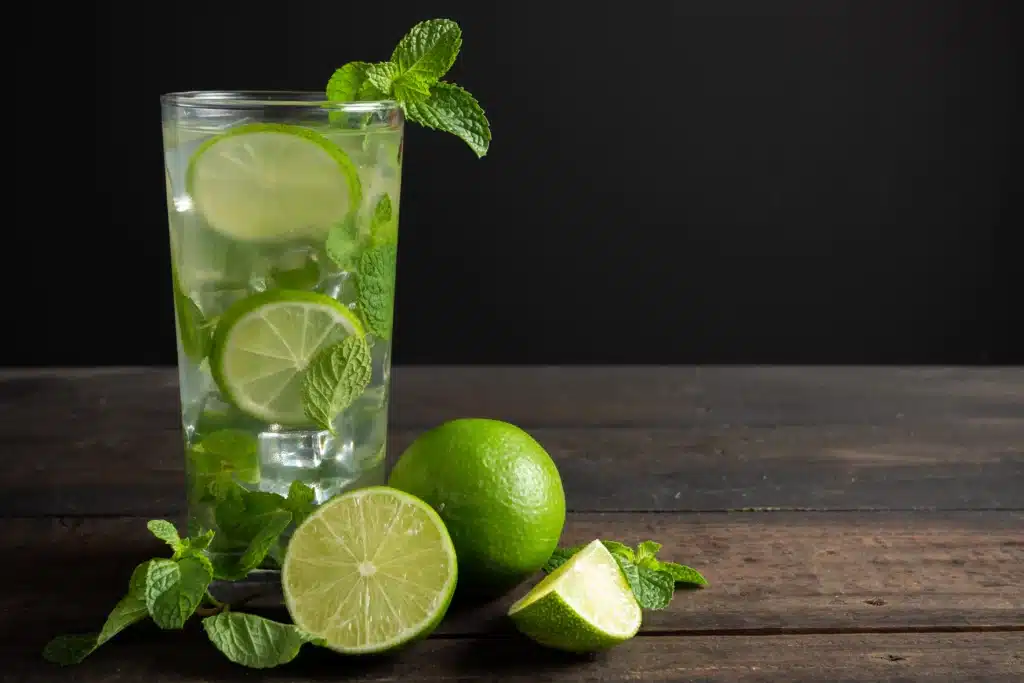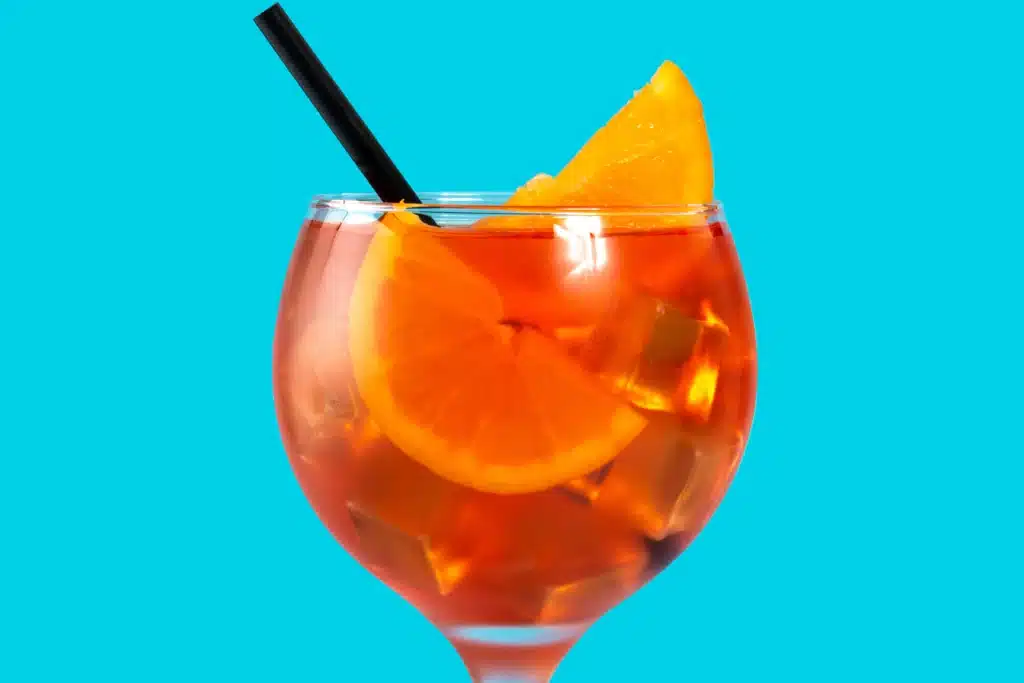Crafting the perfect martini is often seen as a simple task, but its elegance lies in its precision. The martini, with its minimal ingredients and clean presentation, requires a thoughtful approach to each component. From selecting the right spirit to nailing the correct technique, every step plays a crucial role in delivering a cocktail that is balanced, crisp, and memorable. In this blog post, we’ll delve into essential tips and techniques to help you master the art of the classic martini, ensuring every sip is as refined as it is refreshing.
The Choice of Spirit: Gin vs. Vodka
The foundation of any martini is its base spirit, and your choice here sets the tone for the drink. A gin martini offers a more complex flavor profile, with the spirit’s botanicals—usually dominated by juniper—coming through. The variety of gins available today means you can tailor the flavor to your liking. A London Dry gin will deliver sharp, crisp notes, while a more modern gin might offer softer, floral or citrus undertones.
Vodka, by contrast, offers a smoother and cleaner canvas. The appeal of a vodka martini lies in its simplicity—it allows the vermouth or garnish to take center stage, making it a perfect option for those who prefer a subtler, less assertive cocktail. If you choose vodka, quality matters; opt for a premium brand to ensure a smooth, neutral flavor with no harsh edges.
The Role of Vermouth: Finding the Right Balance
Vermouth, a fortified wine infused with botanicals, is the ingredient that gives the martini its subtlety and balance. For the classic martini, dry vermouth is used, but the amount you add can significantly change the drink. A traditional martini ratio might call for about 2.5 ounces of gin or vodka to 0.5 ounces of dry vermouth, but there’s room for customization based on your preferences.
A “dry” martini uses less vermouth, while an “extra dry” version may use only a few drops or none at all. On the other hand, a “wet” martini includes more vermouth, softening the sharpness of the alcohol and adding a slightly sweeter, more rounded taste. It’s important to experiment with different vermouth brands, as each one offers unique flavor nuances—some more herbal, others more floral or citrusy. A quality vermouth, stored properly and used within a few months of opening, will ensure your martini is well-balanced and vibrant.
Stirred or Shaken? Technique Matters
One of the most debated aspects of martini-making is whether to stir or shake the cocktail. For a classic martini, stirring is the recommended method. Stirring gently blends the ingredients, ensuring the drink is properly chilled without becoming overly diluted or aerated. The result is a smooth, crystal-clear martini with a clean finish. Use a bar spoon and stir the drink with ice for about 15 to 20 seconds to reach the ideal chill and dilution.
Shaking, on the other hand, incorporates more air into the drink, creating a frothier, colder cocktail with a slight cloudiness. While some prefer this texture—especially with vodka martinis—it dilutes the drink faster, so it’s essential to strain it immediately into a chilled glass to avoid further watering down.
The Importance of Ice and Temperature
A well-made martini is defined by its ice-cold temperature, and this starts with the ice itself. Use large, clear ice cubes when stirring or shaking your martini. Large cubes melt more slowly than small ones, which helps control the dilution while chilling the drink effectively. The goal is to achieve a perfectly cold martini without making it watery. Keep your mixing glass or shaker pre-chilled if possible, and always serve the martini in a chilled glass.
To properly chill your glass, either store martini glasses in the freezer or fill them with ice water while you prepare the drink. Pour out the water and quickly dry the glass before straining the cocktail into it. This extra step ensures the drink stays cold from the first sip to the last.
The Right Glass: Form Meets Function
Presentation is a critical aspect of mastering the martini. The classic V-shaped martini glass is not only stylish but also functional. Its wide, shallow bowl allows the aromas of the spirit and vermouth to reach your nose as you sip, enhancing the overall drinking experience. The long stem ensures that you can hold the glass without warming the drink with your hands.
When it comes to serving a martini, always use a chilled glass. The cold glass helps maintain the temperature of the drink, and there’s something undeniably luxurious about sipping a frosty martini from a sleek, cool glass. This small detail can elevate the entire experience.
Garnishing the Martini: Olives vs. Lemon Twist
The garnish is the final flourish that completes your martini, and it can add another layer of flavor. The two most common garnishes are olives and a lemon twist, each bringing something unique to the table.
An olive garnish is the classic choice for a gin martini, offering a savory, slightly briny note that contrasts beautifully with the botanicals in the gin. Many martini enthusiasts enjoy a “dirty” martini, where a splash of olive brine is added to the drink for a more pronounced savory flavor. If you opt for olives, use high-quality, firm green olives, ideally pitted and stuffed with pimentos or blue cheese for added indulgence.
A lemon twist, on the other hand, is perfect for those who prefer a lighter, fresher finish. The essential oils from the lemon peel add a subtle citrus aroma, complementing both gin and vodka martinis. To garnish with a lemon twist, use a peeler or sharp knife to remove a thin strip of lemon peel, making sure to avoid the bitter white pith. Twist the peel over the drink to release the oils, then drop it into the glass or place it on the rim for an elegant touch.
Exploring Variations: Wet, Dry, and Dirty
The martini is a highly customizable cocktail, and once you’ve mastered the basics, you can explore different variations. A “wet” martini contains more vermouth than the standard recipe, which softens the drink’s sharpness and introduces a slightly sweeter, more rounded flavor. It’s a great option for those who enjoy a fuller-bodied martini.
A “dry” martini, by contrast, uses very little vermouth, allowing the spirit to dominate the flavor profile. The “extra dry” martini takes this a step further, sometimes involving just a rinse of vermouth or none at all, making it a very spirit-forward cocktail.
For those who enjoy a savory twist, the “dirty” martini adds olive brine to the mix, typically about half an ounce or more depending on taste. This variation brings a briny, umami flavor to the drink, pairing especially well with gin. It’s a popular option for those who prefer a more robust, bold martini.
Perfecting the Technique: Practice and Experimentation
As with any classic cocktail, mastering the martini comes down to practice and experimentation. The beauty of the martini lies in its simplicity, but it also leaves room for personal preferences and subtle variations. Try different gins or vodkas, experiment with vermouth ratios, and test whether you prefer a stirred or shaken martini. Pay attention to the temperature and dilution levels, and don’t be afraid to adjust garnishes based on your mood or taste.
One of the keys to mastering the martini is consistency. A well-made martini should be perfectly chilled, balanced in flavor, and served with an eye for presentation. Over time, you’ll develop a feel for the right technique, and your own preferences will become clear. Whether you prefer your martini dry and crisp or wet and rich, practice will help you achieve the perfect drink every time.
Conclusion: The Art of the Classic Martini
Mastering the martini is about more than just following a recipe—it’s about understanding the nuances of the ingredients, honing your technique, and crafting a drink that reflects your personal taste. By focusing on the quality of the ingredients, balancing the spirit and vermouth, and paying attention to every detail, from stirring to garnishing, you can create a martini that’s both timeless and perfectly tailored to your preferences. With a little practice and experimentation, you’ll soon be pouring martinis that are as elegant as they are delicious. Cheers to mastering this classic cocktail!














